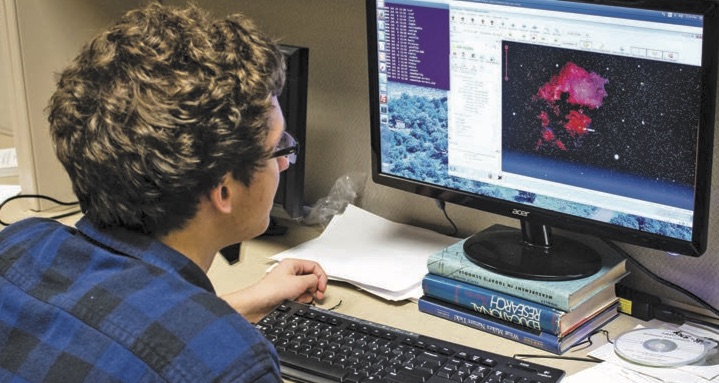

Cosmox Blogs
Data Science Meets Astronomy
Let's turn back the pages of time when we first came to know about astronomy. The concept of moons, stars, galaxies, etc. excites us from our earliest childhood. Among the many dreams that we are not able to fulfill, one of them is to become an astronaut and explore space. Humankind is always intrigued to unlock the mysteries of life beyond the earth and get to know about space in a deeper level.
Fast forward to the present, if we look at the trendiest jobs in 2024, then one of them would be data science. It became popular due to the vast application that it has obtained in our daily lives. From detecting microorganisms to detecting exoplanets, the application of data science cannot be overstated. The integration of these two amazing fields has led to some incredible discoveries. Let’s find out.
Let's understand the significance of data before we begin.
“Data, data everywhere, but not a thought to think.” The saying of John Allen Paulos stresses the paradox in our data-intensive world. We collect a lot of data and simultaneously need to come up with a meaningful conclusion from it. As spatial technologies advance, astronomy creates one of the largest datasets within science, and that is where the role of data science steps in.
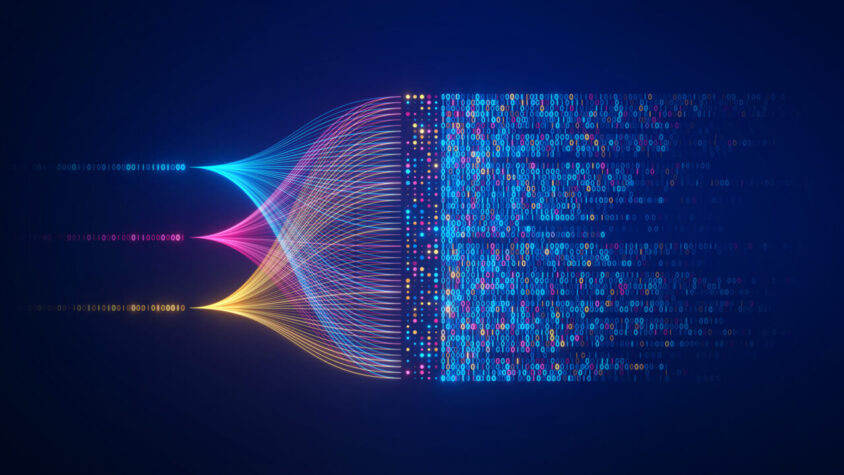
In the analysis of massive space datasets, we tend to learn more about different astronomical observations. Machine learning algorithms can help scientists process enormous datasets in search of patterns, trends, and most importantly, anomalies.
Data Science in Exploration: Exoplanet Discovery
The detection of exoplanets- planets orbiting stars outside our solar system, marks one of the great triumphs of data science in space exploration. Huge datasets of light curves have been produced by space missions, such as NASA's Kepler Space Telescope and TESS (Transiting Exoplanet Survey Satellite). Those light curves are essentially graphs describing how bright these stars are over time. Changes in brightness that would indicate an orbiting planet passing in front of its star and blocking a fraction of the star's light can be so subtle that only advanced data processing could possibly detect them. The data mined from the light curve is screened for potential exoplanet candidates using machine learning models, including neural networks and support vector machines (SVMs). By analyzing the periodic dips in light intensity, the algorithms can determine not only that there is a planet but also its size and orbit and other physical characteristics. For instance, the Kepler mission has discovered more than 2,600 confirmed exoplanets-very many of these by using data science techniques. Without the method of processing and analyzing large datasets efficiently, such discoveries will be passed down to astronomers as being a task that would take ages to accomplish.
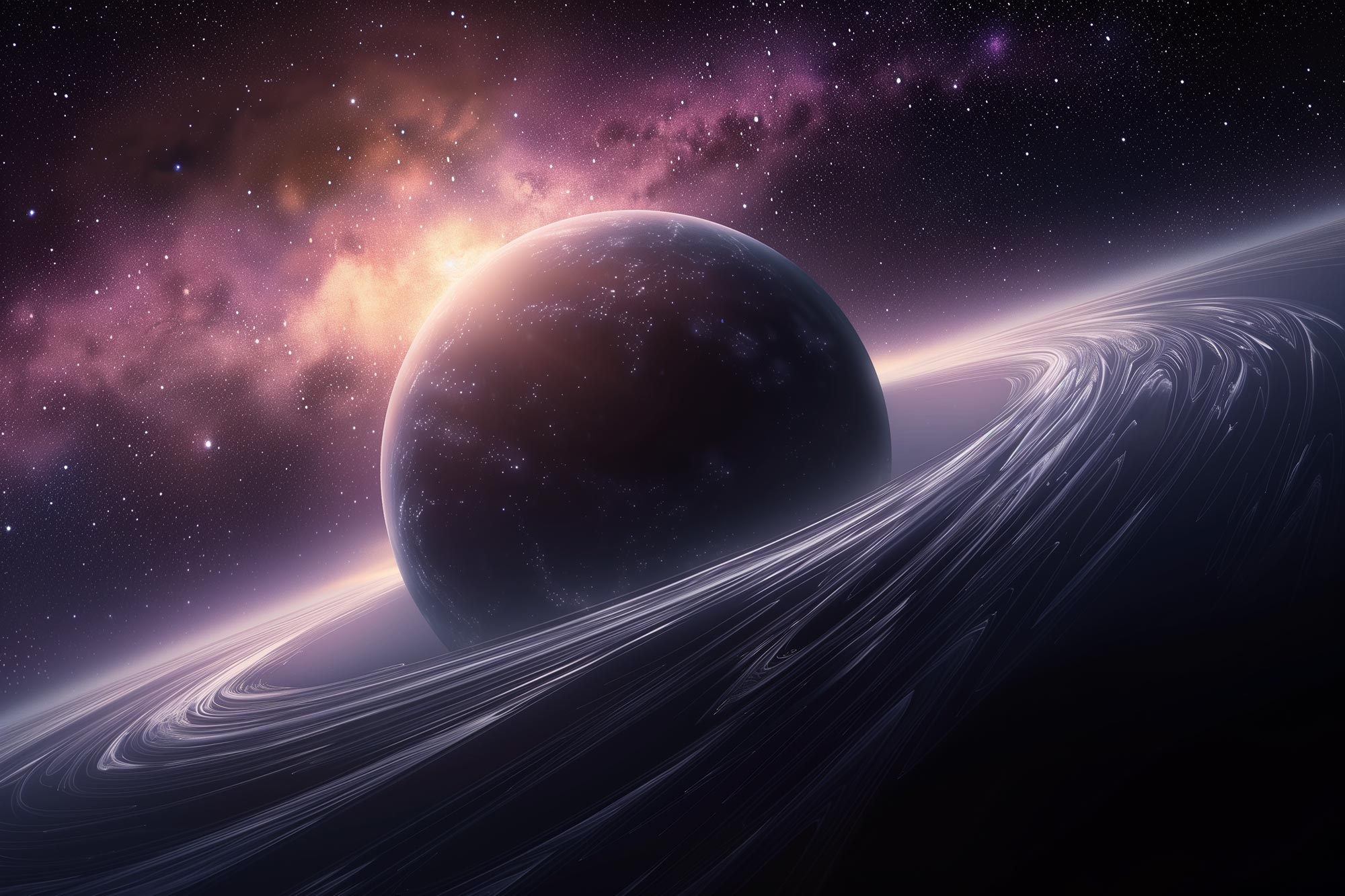
Analyzing Gravitational Waves
Such an interesting breakthrough in the astronomical field is the detection of gravitational waves. Einstein had predicted the existence of these waves back in 1915. They are waves in spacetime caused by extremely cosmic events such as the merger of black holes. Observatories like LIGO (Laser Interferometer Gravitational-Wave Observatory) and Virgo made this discovery possible. The detectors contain billions of data, making it very tough to separate this wave signal from background noise. This is where data science comes in. Convolutional neural networks and other machine learning algorithms have been used to filter noise and enhance signal detection. All this has greatly improved the ability to observe and study gravitational waves, which has given scientists a far greater capacity to understand black holes, neutron stars, and other extreme cosmic phenomena.
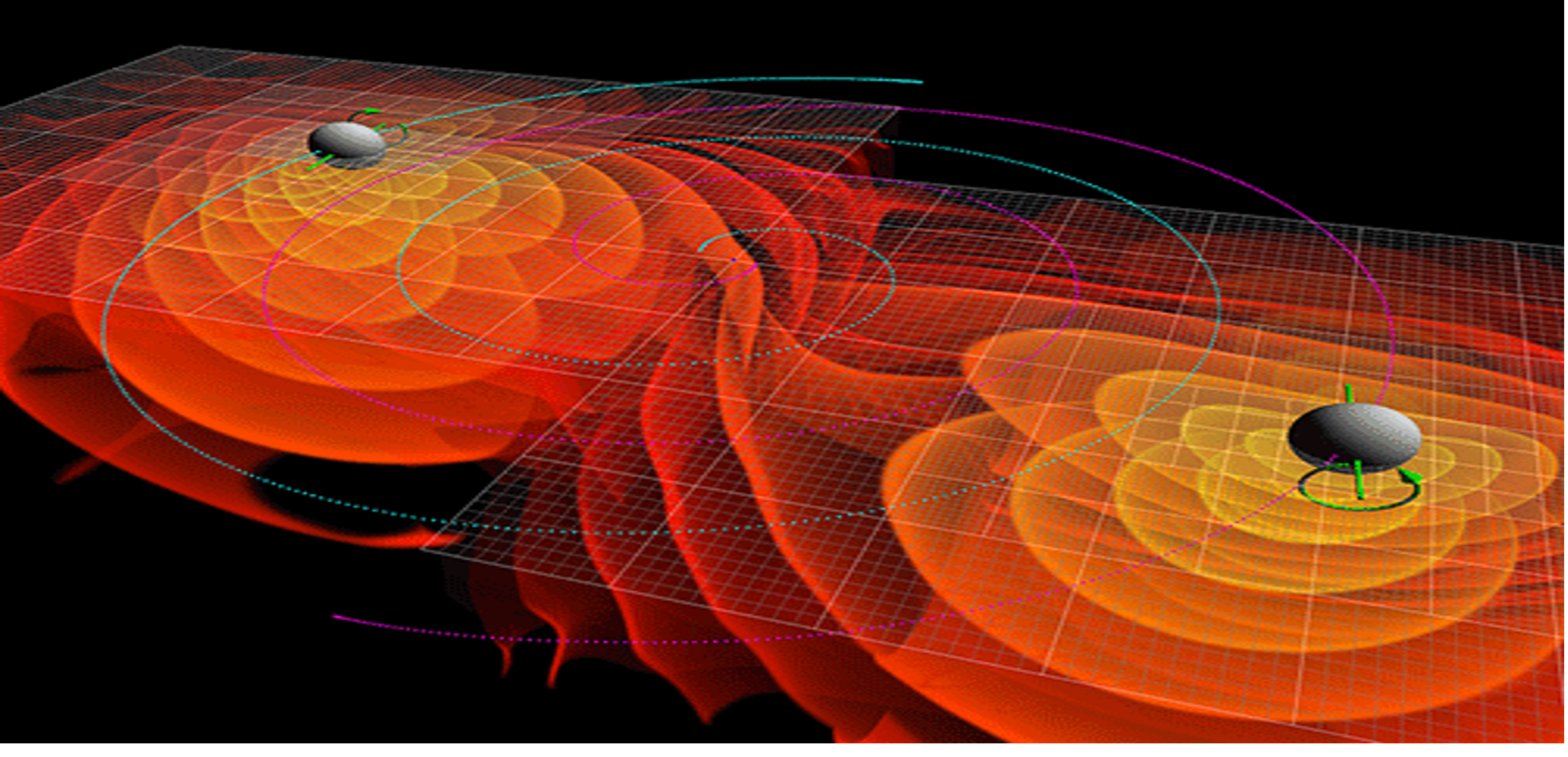
Galaxy Formation & Cosmological Situations
Galaxies are perhaps some of the most fantastic objects in the cosmos. For some time now, astronomers have been keenly interested in understanding the formation and evolution of galaxies. For example, a big activity in the field is the Illustris Project, which carries out large-scale simulations of galaxy formation and evolution modeled over billions of years. Data science forms an important ingredient within this project, giving a chance to researchers to compare the results of simulations with actual observational data. It is possible to unveil the physical processes governing the observed universe by applying statistical analysis and machine learning techniques, thus helping scientists bridge the gap between theoretical models and real observations. Analogously, citizen science Galaxy Zoo-classifies galaxies based on their shape, where volunteers are assigned the task of classification. Millions of galaxy classifications can subsequently be analyzed by machine learning algorithms for higher accuracy and efficiency in future classifications. This project is a demonstration of the power of collaborations between people and machines, all fueled by data science as a means of better understanding the Universe.
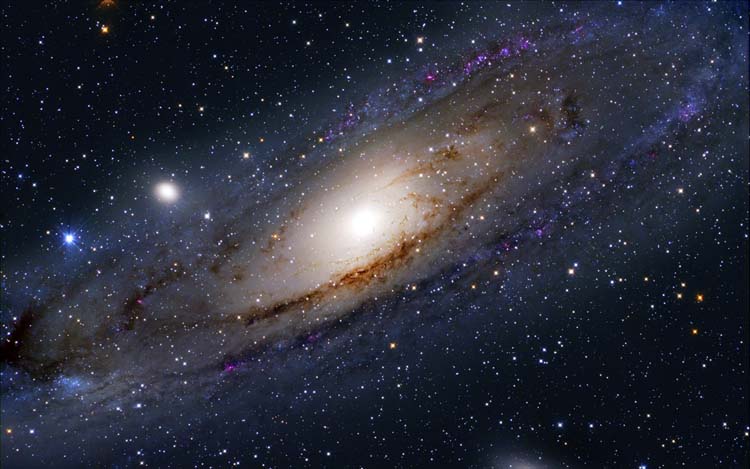
Data-Driven Astronomy: Methods & Tools
Data science tools and methods can vary. Some closer looks at some of the more common techniques in astronomy follow
-> Neural Networks: These models are perfectly adapted to the task of classifying astronomical objects into stars, quasars, and galaxies. Deep learning, which is one application domain of neural networks has a high potential for image analysis and identifying objects in the sky from surveys
-> Random Forests: This technique of machine learning learns to train multiple decision trees, thus classifying celestial objects and finding patterns in rather noisy data coming from an astronomy platform.
-> Clustering Algorithms: K-means clustering is one such method that groups the stars or galaxies with characteristics. This can be useful for astronomers to classify stars either in terms of luminosity or temperature.
-> Time Series Analysis: This is crucial while interpreting light curves, apart from other time-dependent astronomical data. One needs to find out how the light from a specific star varies with time since it might give astronomers prospects of planets, variable stars, or some other phenomenon.
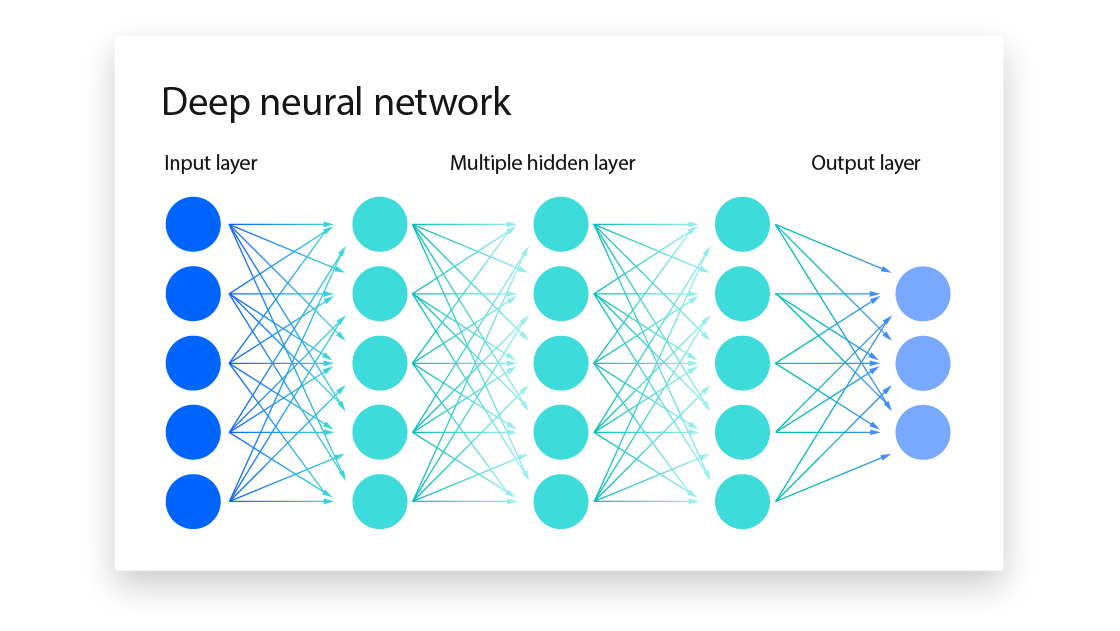
All these approaches have enabled astronomers to work significantly faster with huge datasets and find things that are impossible to process in real terms
The Future With Data Science
With data science, humans will receive new applications, and space exploration will therefore evolve. Space missions will without a doubt have autonomous systems that can analyze data in real time. For instance, AI-driven Mars rovers may be able to determine interesting geological features and analyze them without constant input from Earth.
Another promising application is the application of quantum computing to astronomy. While quantum machines may do many more computations significantly faster than any classical computer, this means that much more detailed simulations of galaxy formation become accessible or perhaps the secret of dark matter and dark energy will finally be solved.
Conclusion
The collaboration of data science and astronomy is revolutionizing how to explore the universe. From the detection of exoplanets to the classification of galaxies, the algorithms of machine learning are assisting in understanding the cosmos at unprecedented speeds. The discoveries of tomorrow are tremendous, and now that both fields are progressing, we are going to see even more marvelous revelations about our universe. Data science not only helps us look at stars; it is also explaining them, paving the way for a new generation of space exploration.
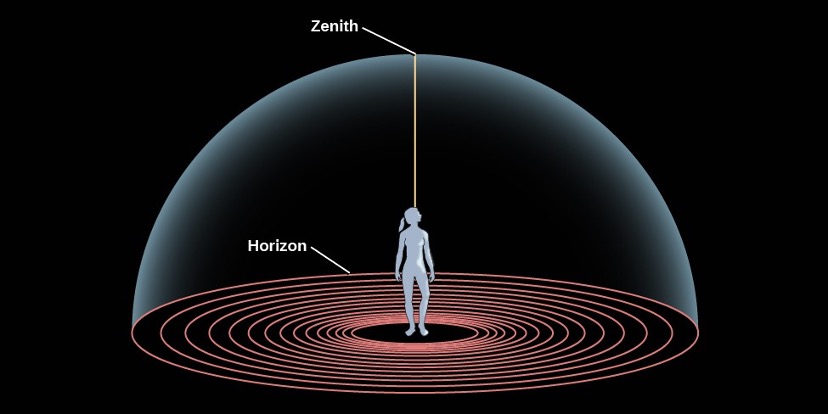

Cosmox Blogs
A non profit organization that works on writing and delivering blogs on cosmology, natural sciences & environment, so that people can learn more about it. We even run a forums page, where our users interacts with each other and discuss about Cosmology, Natural Sciences & Astronomy. We even run an instagram and a youtube channel with podcasts.